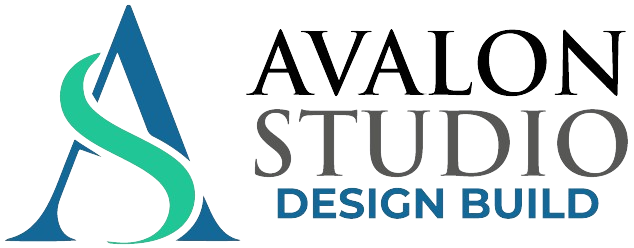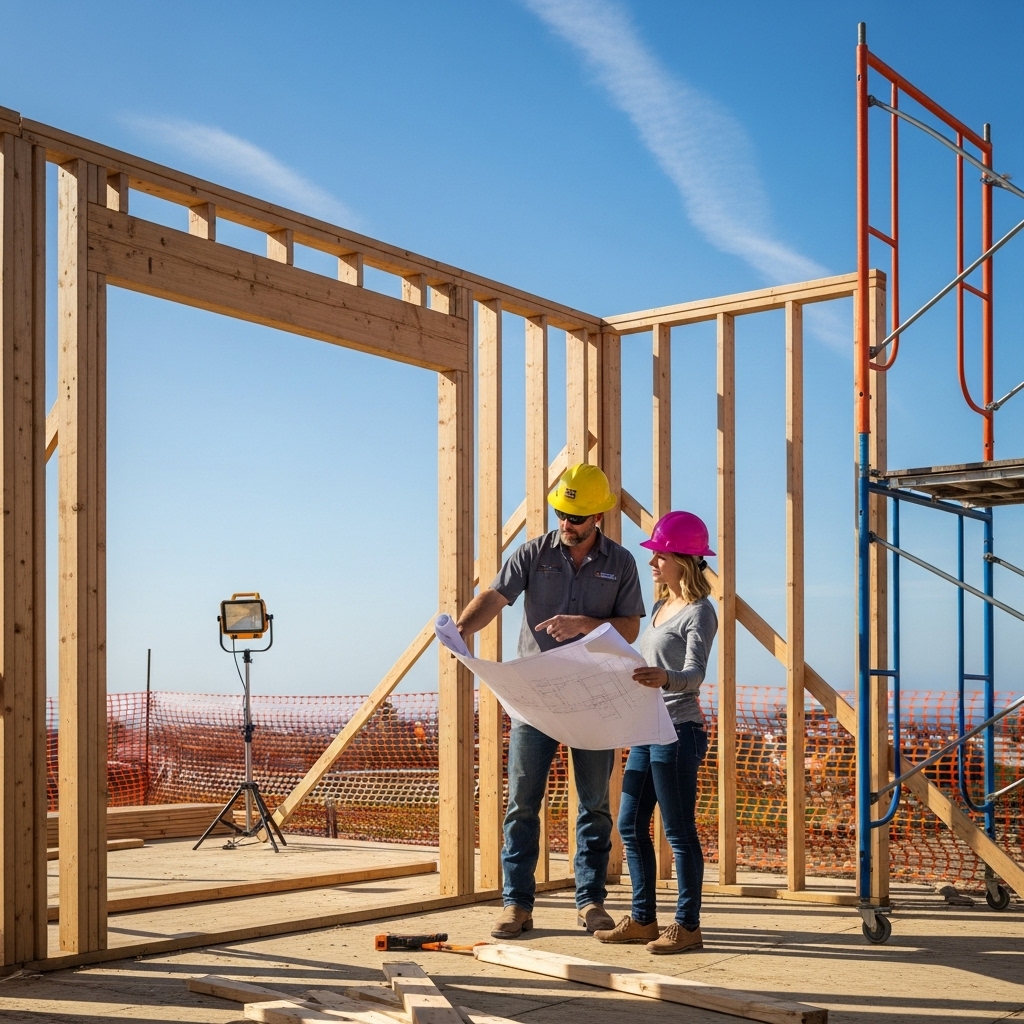Choosing the right ADU builder in Huntington Beach can mean the difference between a smooth, on-budget project and months of stress. The best teams combine code fluency, coastal durability know-how, meticulous coordination, and clear communication. This hiring checklist gives you a practical, step-by-step method to identify qualified pros, compare proposals fairly, and set up a contract that protects your schedule and quality. In the early stages, it helps to speak with a seasoned ADU builder who can translate your goals into a realistic roadmap and identify constraints before you submit for permits.
Define Your Delivery Method
Two common paths are design-bid-build and design-build. Design-bid-build separates design from construction and may work if you have a clear scope and want to solicit multiple bids on identical plans. Design-build integrates design and construction under one contract, offering single-point accountability, early cost insight, and faster decision cycles. For many ADUs, design-build streamlines approvals and reduces change orders by resolving constructability during design.
Your Shortlist: How to Find Candidates
- Local experience: Look for teams with multiple ADUs completed in Huntington Beach and, if applicable, the coastal zone.
- Licensing: Verify active CSLB license, correct classification, and clean disciplinary record.
- Insurance: Request certificates for general liability and workers’ compensation; verify limits are appropriate for your scope.
- References: Ask for recent clients with projects similar to yours—conversions, two-story units, or coastal builds.
First Call Questions
- How many ADUs have you completed locally in the past two years?
- What is your typical design timeline and permit strategy in Huntington Beach?
- How do you handle utility capacity checks and service upgrades?
- What is your approach to scheduling long-lead items like windows and electrical gear?
Site Walk and Discovery
Invite the most promising teams for a site walk. Share your goals, constraints, and any surveys or utility reports. Ask for preliminary ideas about placement, access, and privacy. A strong builder will spot red flags—easements, grading, drainage paths—before they appear on a plan check correction list.
Proposal Essentials: Apples-to-Apples
To compare proposals fairly, provide each candidate with the same program, preliminary drawings, and finish level assumptions. Request a detailed scope of work with inclusions, exclusions, and allowances called out. Make sure soft costs—design, engineering, energy documentation, permits—are clearly identified, whether provided in-house or by partners.
- Inclusions: Foundations, framing, roofing, windows, insulation, drywall, finishes, MEP systems, and site work.
- Exclusions: Fencing, landscaping, utility fees, or specialty items you may handle separately.
- Allowances: Unit costs for finishes not yet selected; clarify how overages or credits will be handled.
Schedule and Sequencing
Ask candidates to outline a high-level schedule from design kickoff to final inspection. Look for realism about plan check timelines, potential coastal review, and utility coordination. A construction phase plan should sequence trades, inspections, and long-lead procurement to minimize idle time.
Quality Control and Communication
Quality is a process, not just a promise. Confirm how the builder documents inspections, manages submittals, and handles punch lists. Weekly updates—written or via app—should include progress photos, upcoming milestones, and decisions needed from you. Clear escalation paths resolve issues quickly.
Contracts that Protect You
Choose a contract type that matches your risk tolerance: fixed price with defined scope and allowances, or cost-plus with a transparent fee structure and an agreed-upon not-to-exceed. Require a detailed scope exhibit, schedule, and specification list. Spell out change order procedures, payment application documentation, and retention. Include provisions for dispute resolution and a communication protocol to keep decisions moving.
Red Flags to Avoid
- Vague scopes with many “TBD” items that will later drive change orders.
- Unrealistic timelines or promises to “work around” permits and inspections.
- Missing insurance certificates or expired licenses.
- Reluctance to provide references or share recent project photos.
Due Diligence with References
When speaking with past clients, go beyond “Were you happy?” Ask what went wrong and how the team handled it. Did they meet inspection dates, communicate delays, and protect neighboring properties? How did they manage punch lists and warranty requests?
Special Considerations for Coastal Builds
Coastal air, wind, and moisture require specific detailing. Confirm your builder has experience with corrosion-resistant fasteners, robust flashing, rainscreen assemblies, and durable exterior finishes. For second-story units, ask about sound attenuation and privacy strategies—upper-story step-backs, window placement, and deck design.
Builder vs. General Contractor vs. Specialty Teams
Some firms are vertically integrated, offering architecture, engineering, and construction management. Others partner with designers and engineers. Either path can work if roles are clear and the team has a track record of collaborative delivery. What matters most is accountability and a single source of truth for schedule, scope, and quality.
Frequently Asked Questions
Q: How many bids should I get? A: Three solid proposals with comparable scope and assumptions are usually enough to reveal outliers and confirm market alignment.
Q: Is design-build better for ADUs? A: For many homeowners, yes. Integrated teams resolve constructability during design, reduce change orders, and accelerate approvals with coordinated drawings.
Q: How can I reduce mid-project surprises? A: Require utility verifications, early selections for long-lead items, and a clear plan for inspections. Keep a contingency for unknowns and use it deliberately.
Q: What insurance should I require? A: General liability and workers’ compensation are standard; verify coverage limits and request updated certificates before mobilization.
Q: How do I evaluate quality? A: Visit a current jobsite. Look for organization, cleanliness, protected materials, and labeled drawings. Ask about punch list procedures and warranty response times.
Interview Questions That Reveal Process
- Walk me through your last ADU’s schedule from permit to final—what went as planned, and what changed?
- How do you structure allowances and handle overages or credits?
- Which vendors do you use for windows, doors, and mechanical systems, and what are current lead times?
- How do you document inspections and corrections for the city?
Next Steps to Hire with Confidence
Define your scope and finish level, shortlist three qualified teams, and request detailed proposals that you can compare line by line. Ask for a draft contract and sample schedule before you commit. Expect transparency, documented processes, and proactive communication. The right builder will earn your trust long before demolition starts.
Set Your Project Up for Success
With a clear hiring process, you reduce risk and set a professional tone for the entire build. The best partners bring coastal durability experience, code fluency, and disciplined scheduling to every phase. If you want a single point of accountability from design through construction, collaborate with an experienced accessory dwelling unit team that can manage plans, permits, and execution under one roof.
Ready to Meet the Right Builder?
When you are ready to move from research to action, schedule site walks with your shortlist, share a clear program and assumptions, and insist on thorough proposals with well-defined schedules and allowances. If you prefer an integrated approach that simplifies decisions and speeds approvals, partner with a proven ADU team that delivers Huntington Beach projects with quality, predictability, and accountability.

